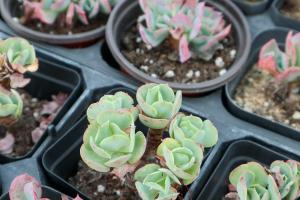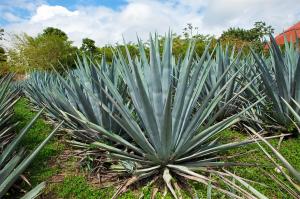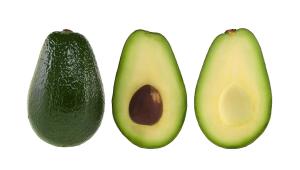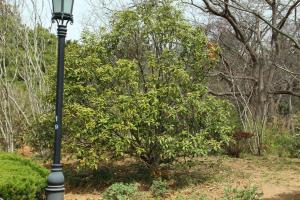Introduction
Tomato plants are one of the most popular and widely-grown crops in vegetable gardens worldwide. They are known for their juicy, flavorful fruits that can add a delicious touch to many dishes. However, after a certain period, tomato plants can become worn-out and unproductive. When this happens, gardeners are left with the problem of what to do with these plants. In this article, we'll explore some of the best ways to dispose of finished tomato plants in an eco-friendly and sustainable manner.
Option 1: Composting
One of the best ways to dispose of finished tomato plants is through composting. Composting is the process of breaking down organic matter into nutrient-rich soil that can be used to fertilize your garden. When composting tomato plants, make sure to remove any remaining fruits or leaves to prevent disease or pests from spreading. Next, cut the plants into small pieces that will break down more quickly. Mix them in with other compostable materials like food scraps, leaves, and yard waste. Add water and keep the pile aerated to encourage decomposition. Within six to eight months, you'll have a rich, fertile soil that can nourish your next batch of tomato plants.
Option 2: Burn the plants
If composting isn't an option for you, burning the plants may be a good alternative. Burning vegetable waste is an effective way to reduce the volume of waste while also providing heat for your home or greenhouse. However, it's important to note that burning should be done in a safe and controlled manner. Make sure to acquire any necessary permits or permissions from your local authorities. Additionally, choose a location that is far from any flammable materials or structures. Finally, make sure to avoid burning any plants that have been treated with pesticides, as these chemicals can release toxic fumes.
Option 3: Donate to animal shelters or farms
Another option for disposing of finished tomato plants is by donating them to animal shelters, farms, or other animal-related organizations. Many animals, such as chickens or pigs, love to eat fresh vegetables and can benefit from the added nutrients. These organizations may be happy to receive your finished tomato plants as a donation. However, before donating, make sure to check with the organization to ensure that they can accept your plants.
Option 4: Use as mulch
Finally, if you prefer not to compost or burn your finished tomato plants, you can use them as mulch. Mulching is the process of covering the soil around your plants with a layer of organic matter. This helps to retain moisture in the soil, suppress the growth of weeds, and regulate temperature. To use tomato plants as mulch, cut them into small pieces and spread them around the base of your healthy plants. Make sure to avoid placing any fruits or leaves directly on the plant stems, as this can attract pests.
Conclusion
In conclusion, when it comes to disposing of finished tomato plants, there are several eco-friendly and sustainable options available. Composting, burning, donating, or using as mulch are all viable ways to get rid of these plants effectively. By choosing the right option for your needs, you can help reduce waste and provide nourishment for your garden or local animals.

 how many times do yo...
how many times do yo... how many planted tre...
how many planted tre... how many pine trees ...
how many pine trees ... how many pecan trees...
how many pecan trees... how many plants comp...
how many plants comp... how many plants can ...
how many plants can ... how many plants and ...
how many plants and ... how many pepper plan...
how many pepper plan...
































